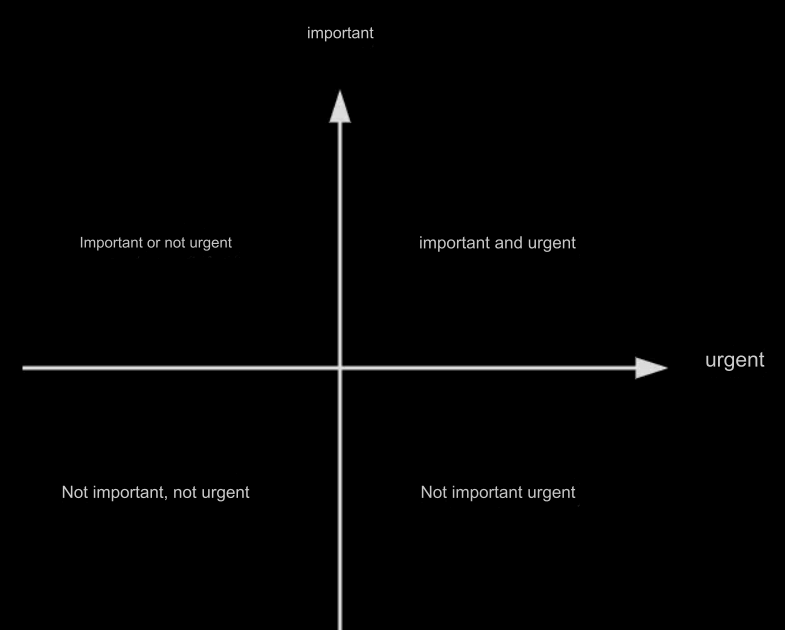For G-end products (government-related products), there's usually less direct contact with users, as it’s the sales team that handles the interactions. So, when training the sales team, how can you clearly explain the product’s selling points to give them the confidence to promote the product to customers? In this article, the author shares four secrets that may be helpful.

I once heard a product manager complain, "Whether the product sells well or not depends entirely on the sales team’s skills. As product managers, there isn’t much we can do, and we don’t really contribute much to improving sales performance."
I believe this view is incorrect. Whether a product can be sold and whether it can drive revenue growth to a certain extent depends on the product manager.
Think about it, if a product manager polishes the product so well that it shines and impresses customers at first glance, who gets the credit? If the product’s features are abundant and useful, and customers rave about it, whose expertise does that reflect? And when salespeople can hit the mark and win over customers, isn’t that, in part, due to the training they received from the product manager? All of these things directly impact product sales.
Alright, today I want to talk about product training.
1. Common Types of Product Training
Let’s start by looking at some common issues in product training. I’ve categorized six types of training that might leave you shaking your head: "slacking off" training, "defeatist" training, "self-indulgent" training, "preaching" training, "flash" training, and "force-feeding" training.
"Slacking off" training: The product isn’t selling, the boss is anxious, and now we’re tasked with conducting more product training to motivate the sales team. With the mindset of just getting it over with, the product training becomes a perfunctory task. This is classic “slacking off” training—training for the sake of training.
"Defeatist" training: This occurs when introducing a new product or revisiting an old one that even the product manager has little confidence in. Despite lacking faith in the product, the task has to be done. This results in an emotionless, monotone training session with little to no engagement from the audience.
"Self-indulgent" training: With great confidence, the product manager conducts the training, imagining that the sales team will be highly interested and the product will definitely sell. The entire history and details of the product are covered, but in the end, it’s mostly the trainer enjoying their own presentation while the audience is checked out.
"Preaching" training: A polished PowerPoint presentation is prepared, and the content is thorough. In one case, the presenter gets carried away, loses track, and goes off-topic without realizing it. In another case, the presenter simply reads off the slides, turning the session into a monotonous report that leaves the audience mentally drained.
"Flash" training: The product information is sparse, and a 20-slide PowerPoint is rushed through in 10–15 minutes. A quick “any questions?” is thrown out, but no feedback is given, and the trainer believes they’ve delivered an efficient training session. This kind of "flash" training leaves the audience with only a superficial understanding, and the product’s potential is left unexplored.
"Force-feeding" training: A ton of materials are prepared: PPTs, brochures, solutions, demos, etc. Throughout the training, the presenter keeps switching between different materials, overwhelming the audience with an information overload. The salespeople are left confused, unable to retain anything by the end of the session.
2. What Is the Purpose of Product Training?
Have you ever thought about this question: What is the purpose of product training? Maybe you’re only considering it now as you read this article, or maybe you think this question doesn’t even need to be asked.
But seriously, have you ever carefully considered the answer?
If you haven’t realized that product training is essentially about "selling" the product to the sales team, then your training might be wasted, with predictable results.
I’ve always believed that product managers need to have a business mindset and should treat salespeople as their customers.
You might say, “Of course, I know I need to serve the sales team.”
But let’s reflect on this—are you really doing it?
Before each product training session, do you fully prepare to occupy those few precious mental slots where the salespeople prioritize their products?
During the training, do you engage with the sales team, make eye contact, interact, respond to their questions swiftly, and follow up with answers after the session?
After the training, do you chat with a few salespeople to hear their thoughts and improve your future training content based on their feedback?
I do.
I treasure every opportunity to train the sales team on our products because if this session doesn’t give them new selling points for their pitches, it’s a waste of time for them.
I pay close attention to how each salesperson feels during the session and try to schedule the training on Mondays, when many salespeople are in the office and not traveling. After the training, I can chat with them about any questions or feedback they may have.
I also take note of any questions raised during the training because I know that the salespeople who ask questions are the ones who are paying attention and are interested in promoting the product. After the session, I promptly follow up with answers and continue to support them as they sell the product.
Why do I do all this?
Because I know that salespeople are my clients, and the purpose of product training is to "sell" the product to them.
Only when the sales team believes in the product will they have the confidence and motivation to promote it to customers. That’s when your product has a chance to succeed.
3. The Four Secrets of Product Training: Discuss Problems, Present Cases, Highlight Differences, and Emphasize Selling Points
So, what’s the most important thing when it comes to product training?
It’s about clearly communicating the product’s selling points, helping the salespeople understand and remember the core, essential, and most critical points.
Once this is achieved, the training has fulfilled its purpose, and the sales team will feel confident to promote the product to customers.
If, after the training, the salespeople only know that the product exists but don’t understand who it’s for, what its key selling points are, or how to pitch it, they’re unlikely to introduce it to customers.
Even if they do try to pitch it based on their understanding and memory, they’ll likely fail to impress the customer and may lose confidence in the product as a result.
So, how can you conduct product training that leaves the sales team eager to sell?
The answer lies in my "Four Secrets": Discuss Problems, Present Cases, Highlight Differences, and Emphasize Selling Points!
3.1. Discuss Problems
If your product’s corresponding customer needs are not obvious and there’s no clear policy to support it, the first thing you need to do is make the customer aware of the problems they’re facing. This is how your product gets an opportunity.
Imagine if the salespeople jump straight into praising the product, claiming it’s amazing, unique, and affordable. The customer might feel like they’re being pushed too hard and might become resistant.
So, for this type of product training, it’s essential to discuss the problems customers face in real scenarios and how your product can effectively solve these issues, thereby sparking customer demand and interest.
If you can’t articulate the problems customers face, it means your customer research is inadequate, and your market research is insufficient.
3.2. Present Cases
If your product already has customer success stories, prioritize and emphasize these case studies.
Explain how the first deal was closed, which aspects of the product attracted the customer to make the purchase, and how key customer concerns during the sales process were addressed.
Case studies not only help customers better understand your product but also significantly reduce their hesitation to make a purchase.
But how should you present case studies?
It’s not as simple as just mentioning that “such and such customer bought our product.”
You need to tell it like a storyteller—share the background of the customer, the reasoning behind their decision to buy, the challenges faced during the sales process, and why they ultimately chose your product. This way, potential customers can see themselves in these stories and find answers to their own questions.
“How do I know the details of the case?”
Just talk to the salespeople, and you’ll know. If your product was sold, but you don’t even care about how it was sold, how can you know which aspects of the product are appealing and which need improvement?
3.3. Highlight Differences
If your product is facing competition, it’s essential to focus on the differences between your product and competitors.
Once your product is on the market, competition is inevitable. You can’t ignore this and leave salespeople unprepared when competitors attack.
You should be the one most familiar with the competition, and during training, you should provide sales with strategies to counter the competition.
What are the key differences between your product and competing products? These differences shouldn’t be trivial or superficial but should be critical factors that influence the customer’s decision.
This requires you to thoroughly analyze the competition. Sometimes, finding just one key difference can sway the customer’s choice.
“How do I find information on competitors?”
Look at bids, Sogou WeChat, official media channels of customers, and the websites, WeChat accounts, and brochures of competitors. You can also gather insights from sales, pre-sales, and after-sales customer visits. As long as you have the mindset and the intent, you will find the information you need.
3.4. Emphasize Selling Points
When your product has seized the market advantage and secured a leading position, it’s time to highlight the product’s key selling points and let everyone know why it’s so popular!
Where do these selling points come from? They’re the distilled essence of the problems customers face, successful case studies, and comparisons with competitors.
Don’t overwhelm the sales team with too many selling points—three to five key points will suffice. Any more, and they won’t remember!
When discussing selling points, don’t just talk about the product’s features. Instead, focus on the value and benefits these features bring to the customer and how they enhance the product’s competitiveness in the market.
4. Final Words
Product training is something anyone can do, and most product managers are quite capable of giving a presentation.
However, what I’ve observed is that many product managers don’t fully understand the purpose of training and lack the skills to conduct it effectively.
As a result, many salespeople sit through these sessions with the same pained expressions they had back in school, and it’s clear that the training doesn’t accomplish much.







